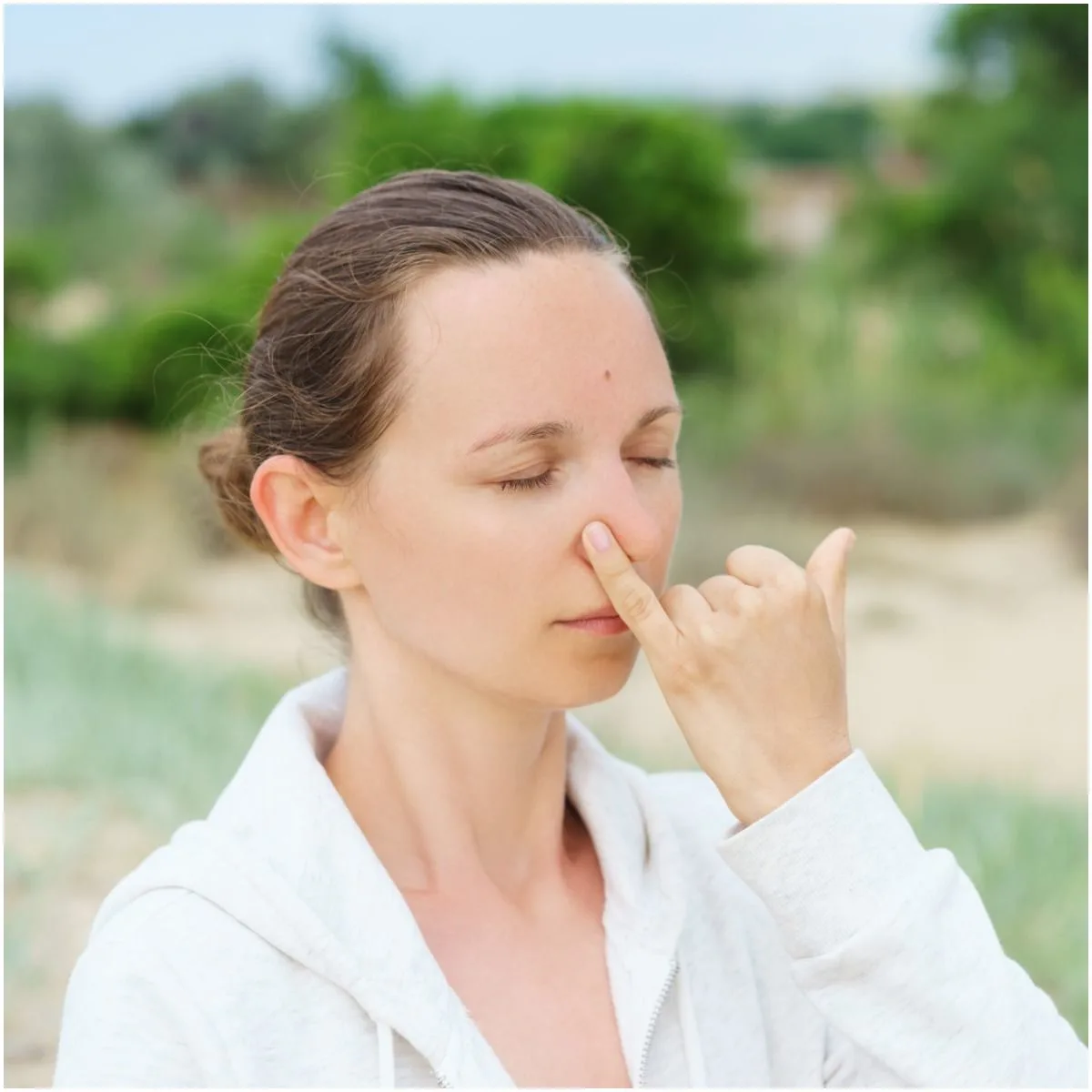Breathing exercises to lower high blood pressure:
High blood pressure (HBP) forces the heart to work harder, which can make it grow weaker.
The effects can be felt throughout the body.
According to the AHA – American Heart Association, over time, a reading of 140/90 may require treatment.
The top number represents the pressure in the arteries, and the lower number represents the pressure between the heartbeats.
HBP doesn’t always produce obvious symptoms. However, it causes progressive damage to veins and arteries, which can interfere with blood flow throughout the body.
Possible health consequences that can occur over time when high blood pressure is left untreated include – congestive heart failure, damage to the heart and coronary arteries, including heart disease, heart attack, atherosclerosis, kidney damage, stroke, vision loss, memory loss, erectile dysfunction, angina, fluid in the lungs, peripheral artery disease.
But remember! If you ignore your HBP because you think symptoms will alert you to the problem, you are taking a hazardous chance with your life – HBP is largely a symptomless condition.
List Of 4 Breathing Exercises To Lower High Blood Pressure:
The practice of deep breathing exercises stimulates our PNS – parasympathetic nervous system, responsible for activities that develop when our body is at rest. It functions in an opposite manner to SNS – the sympathetic nervous system, which stimulates activities associated with the fight-or-flight response.
Also, deep breathing exercises encourage full oxygen exchange – that is, the beneficial trade of incoming oxygen for outgoing CO2 (carbon dioxide), and it can slow the heartbeat and lower or stabilize blood pressure.
Performing one of these breathing techniques twice daily for only 3 to 5 minutes can produce long-term benefits.
Before starting to practice these exercises, make yourself as comfortable as you can. If you can, loosen any clothes that restrict your breathing.
READ MORE: Lu Jong – The Five Elements Exercises From Tibetan Yoga
#1 4-7-8 Breathing
Sit down comfortably or lay down on a yoga mat, with one hand on your stomach and one on your chest. Breathe in slowly but deeply. Take 4 seconds to breathe in, feeling your stomach move in the process. Hold your breath for 7 seconds.
Breathe out as quietly as you can manage, taking 8 seconds. Once you reach 8, you should have emptied your lungs of air. Repeat the exercise as many times as you need, making sure to stick to the 4-7-8 pattern.
The most important part of this breathing exercise is holding your breath for 8 seconds. This is because keeping the breath in will allow oxygen to fill your lungs and then circulate all over the body. It is this that produces a relaxing effect on the body.
READ MORE: Alternate Nostril Breathing Technique
#2 Abdominal (Diaphragmatic) Breathing
The diaphragm is the muscle that separates the chest cavity from the abdomen.
We rely heavily on the diaphragm for our respiratory capacity so that when the diaphragm is impaired, it can compromise our breathing.
Relax your shoulders. Place one hand on your chest and the other on your belly. Inhale through your nose for about 2 seconds. As you breathe in, your belly should move outward. Your belly should move more than your chest.
As you breathe out calmly through pursed-lips, gently press on your belly. This will push up on your diaphragm to help get your air out. Repeat.
READ MORE: Conscious Breathing Meditation Technique Guide
#3 Alternate Nostril Breathing – Nadi Shodhana
Sit comfortably with your spine erect and shoulders relaxed. Hold your right thumb over your right nostril and inhale deeply through your left nostril.
At the peak of your inhalation, close off your left nostril with your fourth finger, lift your right thumb, and then exhale smoothly through your right nostril.
After a complete exhalation, inhale through the right nostril, closing it off with your right thumb at the peak of your inhalation, lift your 4th finger and exhale smoothly through your left nostril.
Continue with this exercise for 3 to 5 minutes, alternating your breathing through each nostril. Your breathing should be effortless, with your mind calmly observing the inflow and outflow of breath.
READ MORE: Breathing Techniques for Anxiety
#4 Ujjayi Breath – The Oceanic Breath
Ujjayi breath (literally translated as “victorious”) has a balancing influence on the entire cardio-respiratory system, releases feelings of frustration and irritation, and helps calm the mind and body.
Seal your lips and start to breathe in and out through your nose. Take an inhalation through your nose that is a little deeper than normal.
Exhale slowly through your nose while constricting the muscles in the back of your throat.
The length and speed of the breath are controlled by the diaphragm, the strengthening of which is, in part, the goal of ujjayi breath.
The inhalations and exhalations are equivalent in duration and are controlled in a manner that causes no distress.
Images credit – Shutterstock
READ THIS NEXT: Breathing Exercises for Weight Loss

